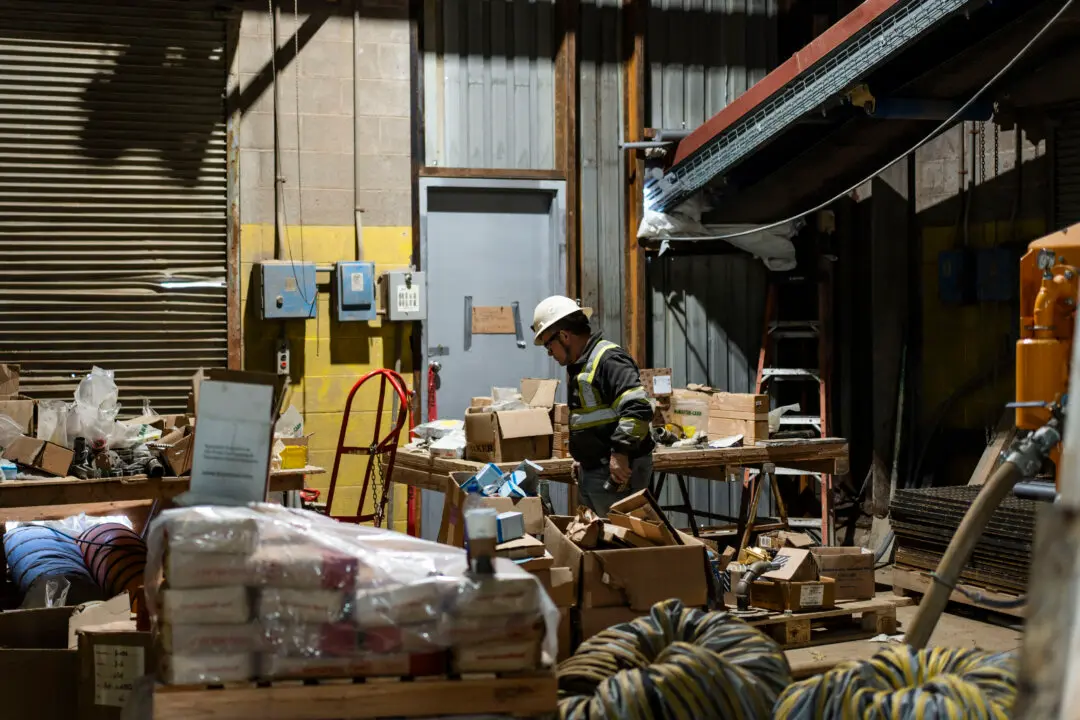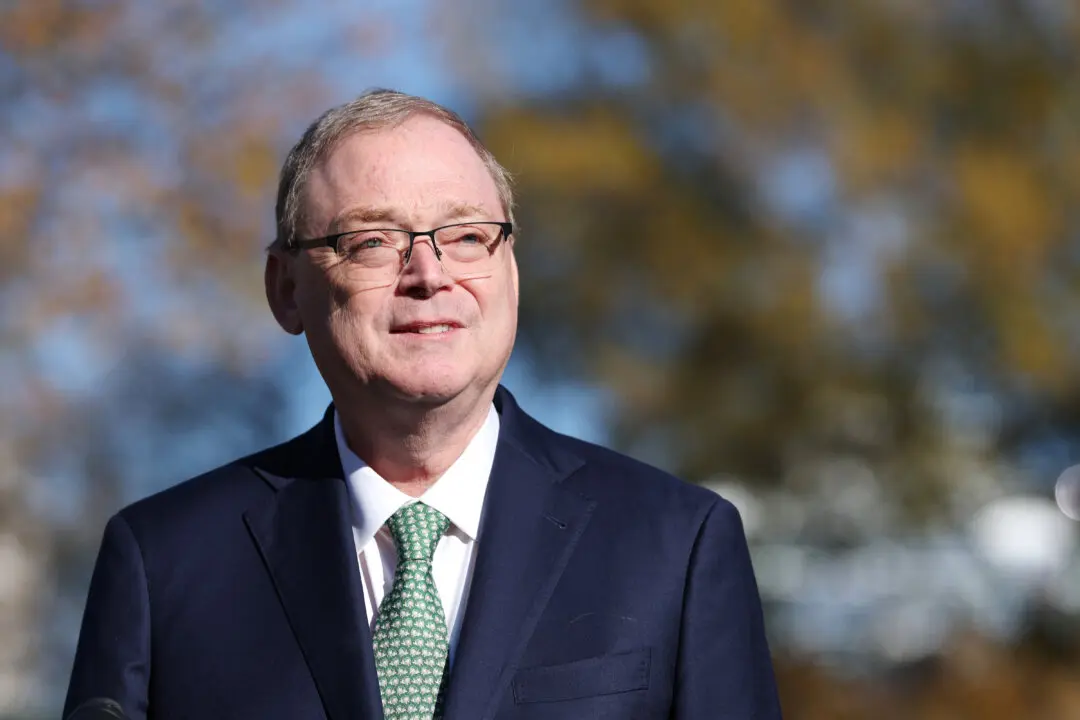American shoppers expressed a greater-than-expected degree of optimism, as measured by the Index of Consumer Sentiment, one of the gauges tracked in the University of Michigan survey of consumers.
Economists polled by Reuters and the Wall Street Journal had forecast that the consumer sentiment index would rise to 75 in early June, but the actual figure came in at 78.9, beating expectations.





